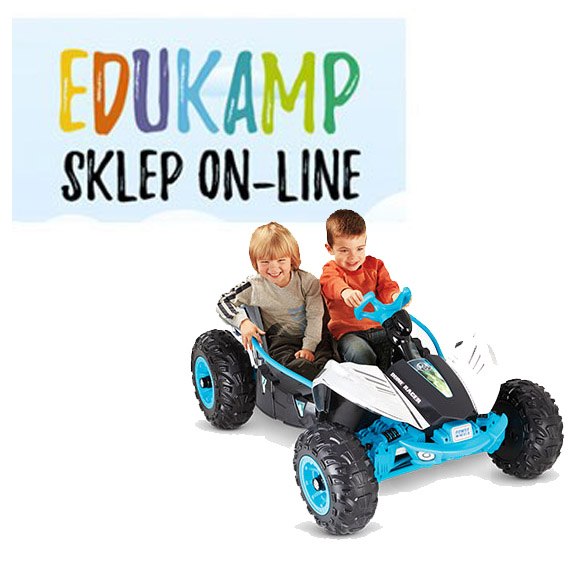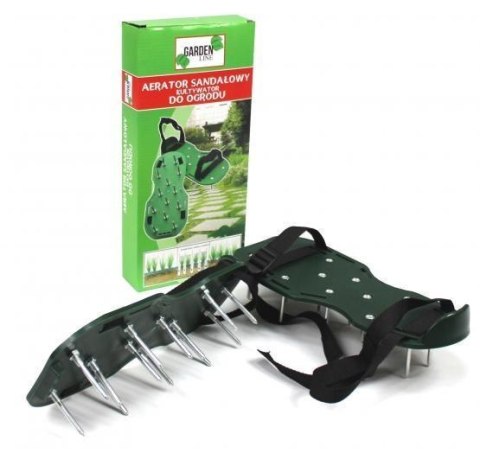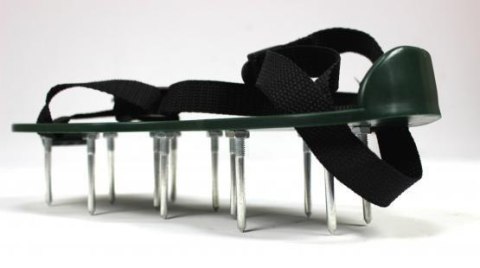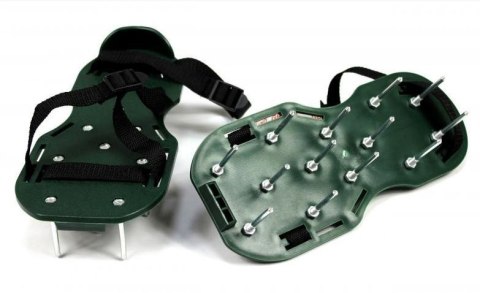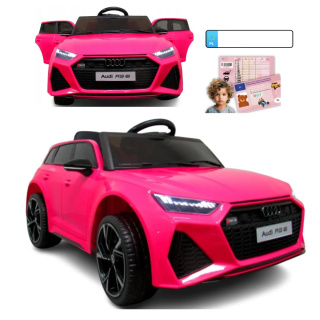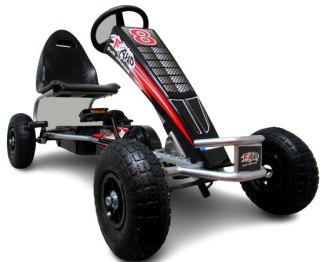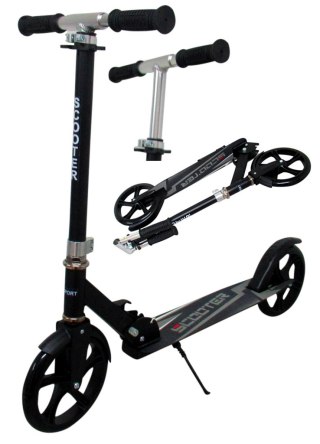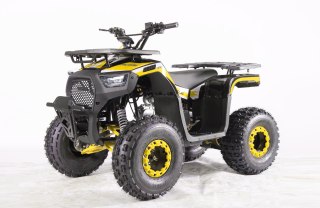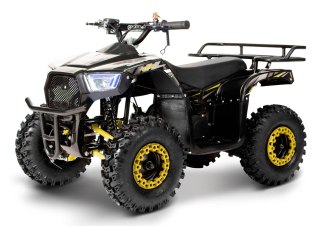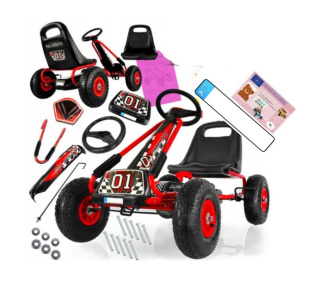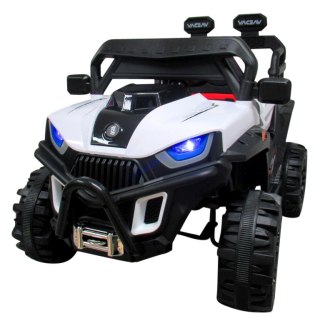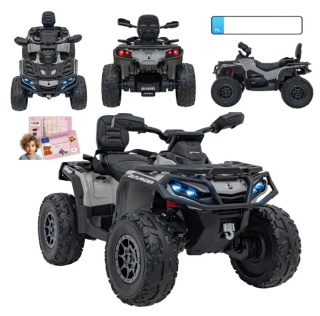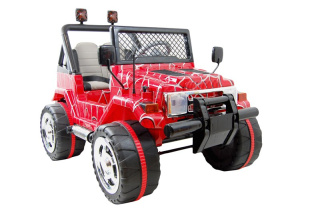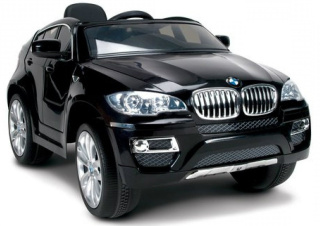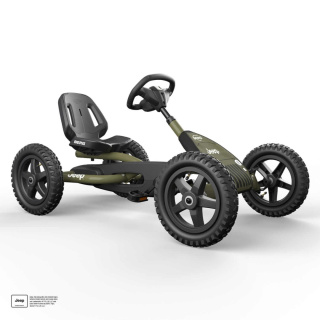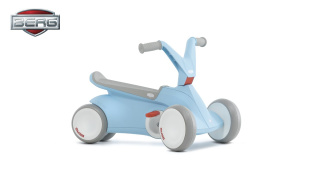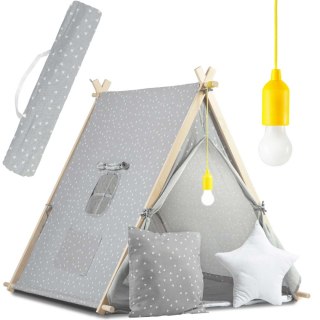Aerator Sandałowy do Ogrodu, Kolce
Aerator sandałowy służy do wygodnego napowietrzania powierzchni zielonych.
Podeszwy sandałów zostały wykonane z mocnego tworzywa, a ich uniwersalny rozmiar nadaje się do każdego rodzaju obuwia
26 sztuk szpilek przymocowanych śrubami i wykonanych ze stali powlekanej.
Aeracja polega na głębokim nakłuwaniu darni - od 5 do 10 cm w głąb podłoża. Zabieg ten wpływa na zmianę struktury gleby. Rozluźnia ją i intensywnie dotlenia, ale nie tylko.
Co daje aeracja trawnika?
- wyrównuje darń,
- napowietrza podłoże,
- wzmacnia korzenie trawy,
- pomaga pozbyć się mchu i chwastów.
- poprawia przepływ wody do korzeni traw,
- zwiększa odporność trawnika na deptanie,
- przyśpiesza regenerację trawnika po zimie,
- zwiększa skuteczność pielęgnacji trawnika (wertykulacji, nawożenia, podlewania).
Kiedy aerować trawnik? Terminy aeracji
- wiosenna aeracja trawnika (od początku kwietnia do końca maja),
- jesienna aeracja trawnika (od sierpnia do listopada).
Wiosenna aeracja, na którą czas masz do końca maja, uzupełnia dotychczas przeprowadzone zabiegi pielęgnacyjne trawnika: wertykulację i nawożenie. Tym samym zwiększa ich skuteczność.
Jesienna aeracja wspiera wzrost i rozwój trawy w kolejnym okresie wegetacyjnym.
Safety Information
General hazards and precautions:
Cutting and mechanical hazards: Use tools for their intended purpose to avoid injury. Before starting work, check the condition of tools - damaged blades or handles can cause accidents1. Wear protective gloves to protect your hands from sharp tool edges and vegetation.
Kickback hazards: Make sure that no one is near you while working to avoid accidental impacts. Keep tools in good condition - loose parts can cause kickback1.
Slipping or falling hazards: Work on a firm surface, avoiding slippery surfaces. Store tools in an orderly manner to prevent tripping1. Wear non-slip footwear on sloping ground.
Noise and hearing loss hazards: Wear hearing protection when using tools in conjunction with mechanical equipment.
Electric shock hazards: Avoid using metal tools near electrical installations. Check the condition of electrical accessories and use properly grounded sockets1. Do not use electrical tools in a damp environment if they are not designed for this purpose.
Heating hazard: Avoid prolonged use of tools in direct sunlight. Store tools in the shade or indoors to avoid excessive heating1.
Loss of control: Use tools with ergonomic handles to ensure a firm grip. Keep cutting tool blades sharp to avoid excessive force during operation1.
Personal protective equipment:
Safety glasses: When working with cutting tools.
Gloves and knee pads: To protect hands and knees when working on the ground.
Hat or cap: To protect yourself from the sun when working outdoors for long periods.
Additional tips:
Use corrosion-resistant tools in damp environments.
Avoid working in extreme temperatures that can affect the durability of tools.
Regularly clean tools from mud and dirt to prevent damage.
Regularly lubricate moving parts of tools to ensure smooth operation.
Store tools in a dry place to avoid corrosion.
Replace worn parts, such as blades, to ensure efficient operation
Manufacturer details
Gardenflora
ul. Fabryczna 13
85-741 Bydgoszcz
Poland
730260740
[email protected]
Responsible person
Gardenflora
ul. Fabryczna 13
85-741 Bydgoszcz
Poland
730260740
[email protected]
![[{[item.product.name]}]]([{[item.product.photo.url]}] 75w)
